News Desk
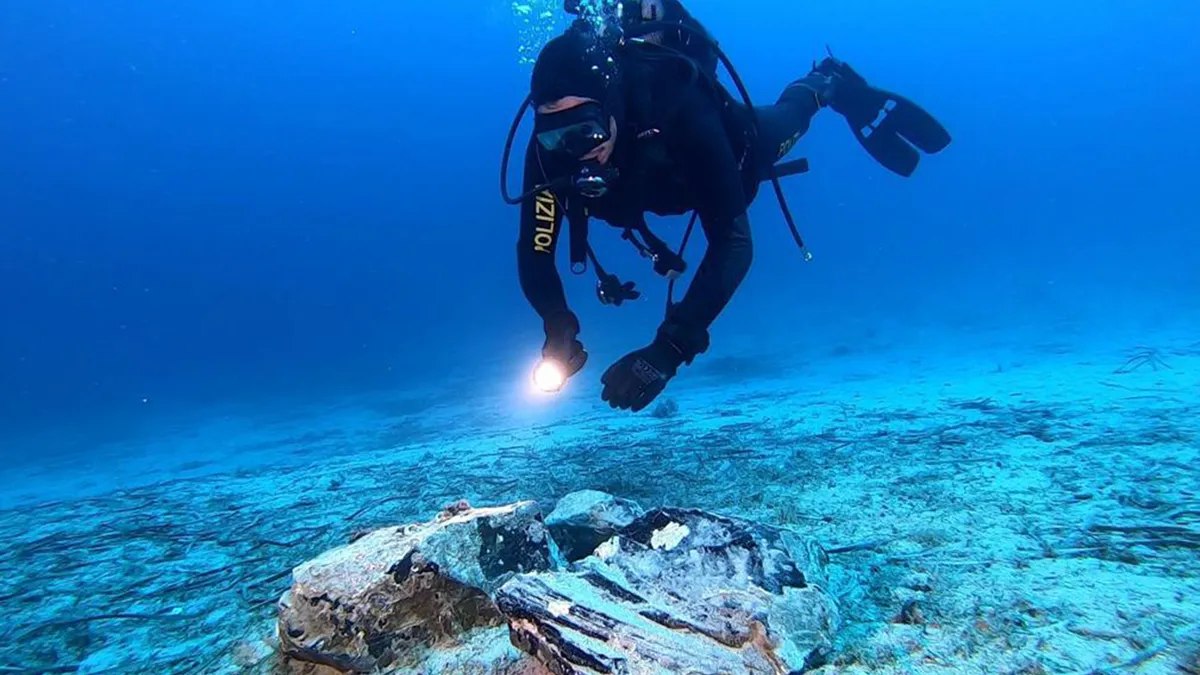
Divers off the coast of Naples, Italy have recovered a large chunk of chiseled obsidian that likely went down in a Stone Age shipwreck more than 5,000 years ago.

Venus is so tantalizingly close to being a twin of Earth. Its size, composition, and density are so similar to the properties of our homeworld… but when it comes to habitability, Venus couldn’t be more different.

The Fly Agaric (Amanita muscaria) mushroom carries significant cultural mystique. It’s one of the most recognizable mushrooms and also one of the most well-known entheogens…. The Panther Cap is mysterious—little is said about it other than as a passing aside. But, the potent mushroom has as many reasons to merit discussion.

Hunter-gatherers from Mexico migrated into California more than 5,000 years ago, potentially spreading distinctive languages from the south into the region nearly 1,000 years earlier than previously thought, a new genetic study details. See the study here.

Archaeological sites with evidence of major animal sacrifices are rarely known from the Iron Age of the Mediterranean region, and there is a gap between information offered by written sources and by the archaeological record. This makes it difficult to establish a clear understanding of the patterns and protocols of this practice. See the study here.
Recent research has shown that engravings in a cave in La Roche-Cotard (France), which has been sealed for thousands of years, were actually made by Neanderthals. This research was performed by Basel archaeologist Dorota Wojtczak together with a team of researchers from France and Denmark, whose findings reveal that the Neanderthals were in fact the first humans with an appreciation of art. See the research here.

Archaeologists from University College Dublin, working with colleagues from Serbia and Slovenia, have uncovered a previously unknown network of massive sites in the heart of Europe that could explain the emergence of the continent’s Bronze Age megaforts—the largest prehistoric constructions seen prior to the Iron Age. See the research here.
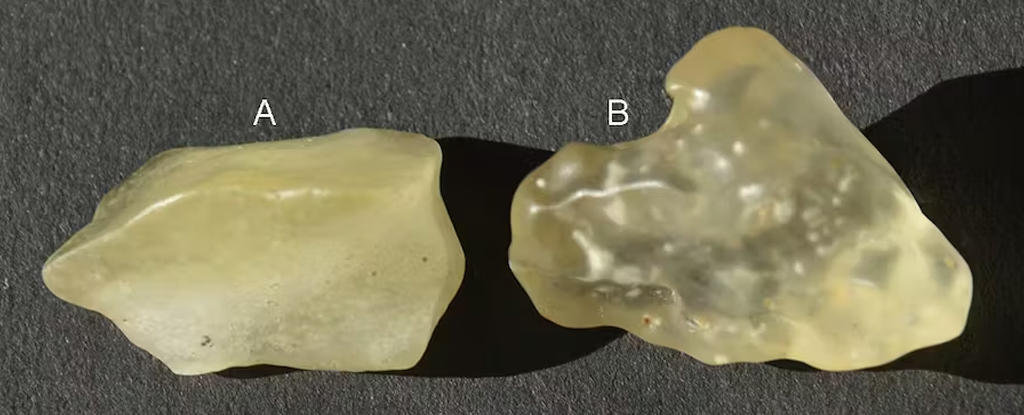
The Great Sand Sea Desert stretches over an area of 72,000km² linking Egypt and Libya. If you find yourself in a particular part of the desert in south-east Libya and south-western parts of Egypt, you’ll spot pieces of yellow glass scattered across the sandy landscape.

A three-month study of participants in ayahuasca rituals found that these individuals self-report small decreases in narcissism after these ceremonies. However, reports from the participants peers did not corroborate these changes. The study was published in the Journal of Personality Disorders.
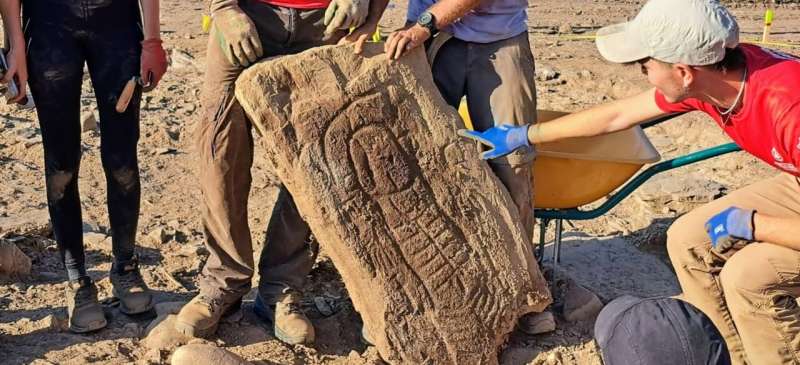
The excavation, taking place in the 3000-year-old funerary complex of Las Capellanías, in Cañaveral de León, Spain, uncovered a stela depicting a human figure with detailed face, hands and feet, a headdress, necklace, two swords and male genitals.
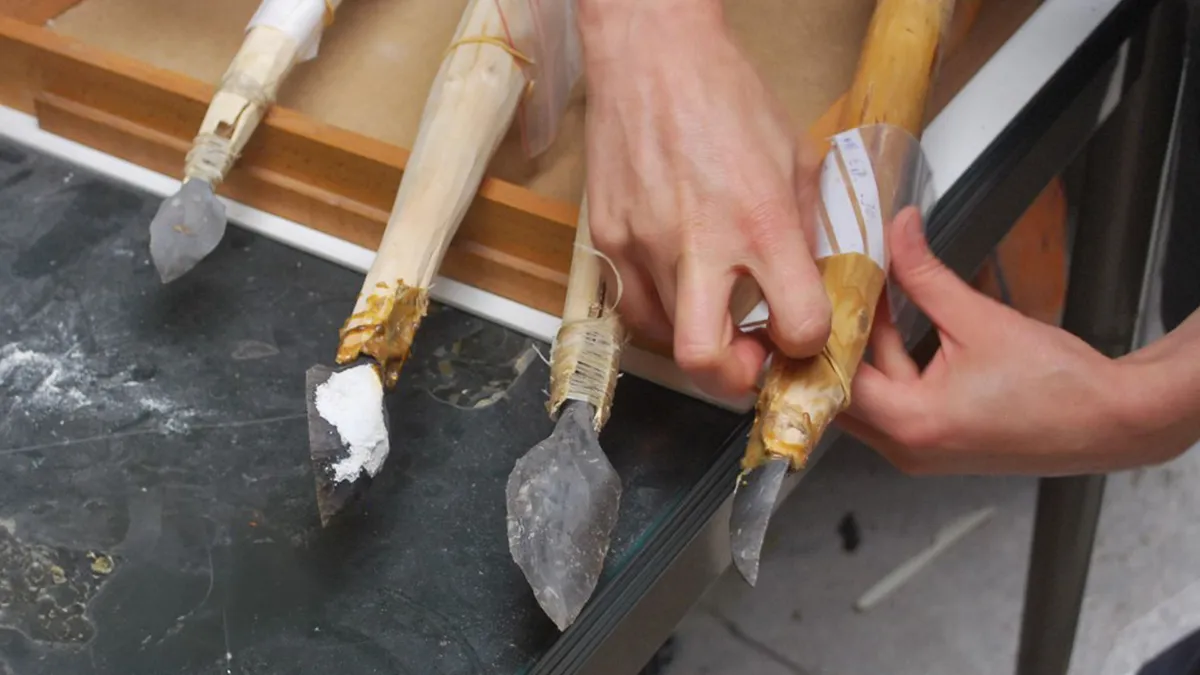
Stone Age people in Belgium were hunting with spear-throwers more than 30,000 years ago — the earliest known evidence of such a weapon in Europe, a new study suggests.

A secret text has been discovered in Türkiye, scattered among tens of thousands of ancient clay tablets, which were written in the time of the Hittite Empire during the second millennium BCE.

Previously, archaeologists believed large conflicts between Europeans occurred during the Bronze Age, which began about 4,000 years ago. But carbon dating performed on the Rioja Alavesa remains suggests burials 5,400-5,000 years ago, placing it within the late Neolithic period. The results are published in Scientific Reports.
Image from: https://www.flickr.com/photos/telemax/5042712714/ (Wiki Commons)
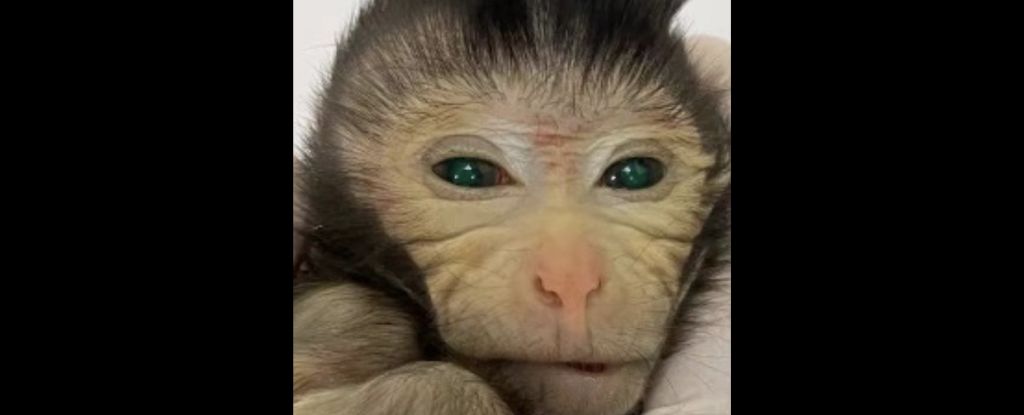
Scientists in China have announced the birth of a primate like no other, with eyes that shined green and fingertips that glowed yellow – and those were just the observable features. The study was published in Cell.
Using the James Webb Space Telescope, an international team…has discovered the most distant barred spiral galaxy similar to the Milky Way that has been observed to date. The research, published in Nature, was led by scientists at the Centro de Astrobiología in Spain.
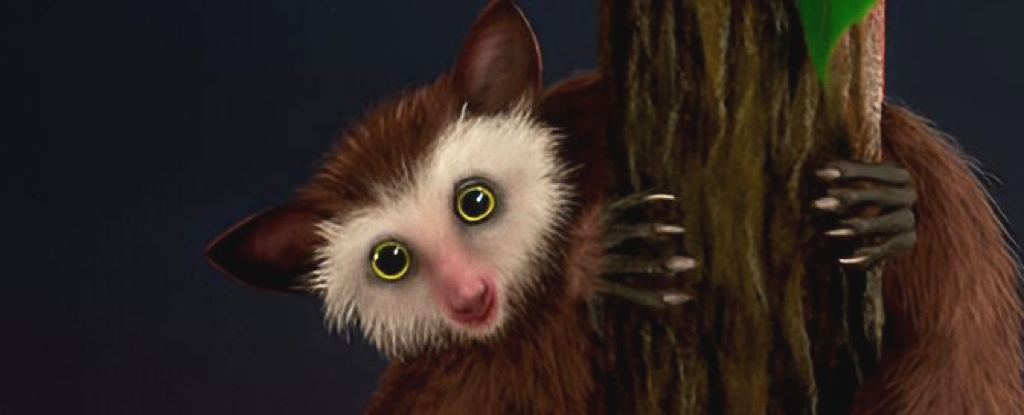
A mysterious primate appeared in North America 30 million years ago, long after the continent’s native primates had died out and even longer before the next big influx of primates – humans – would arrive. The study was published in the Journal of Human Evolution.








